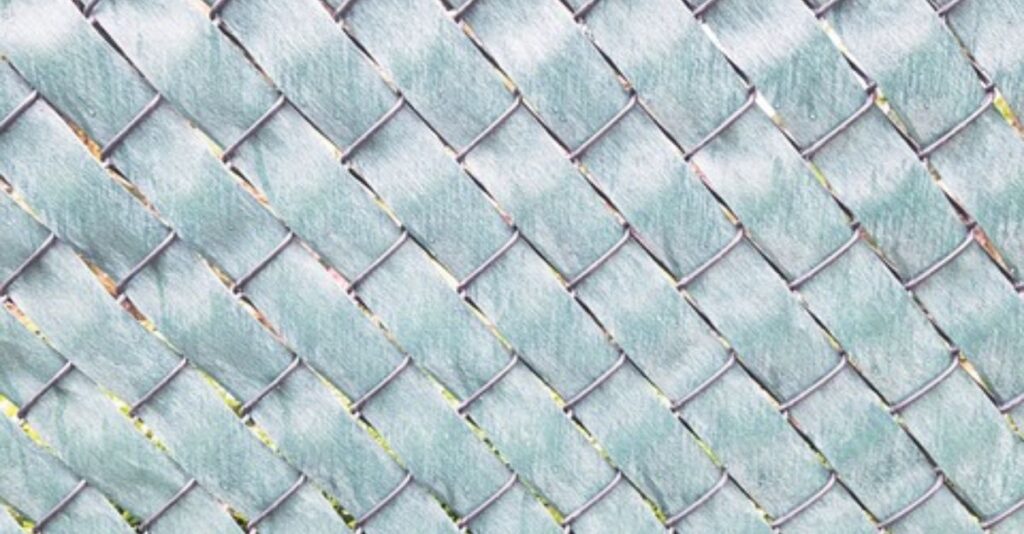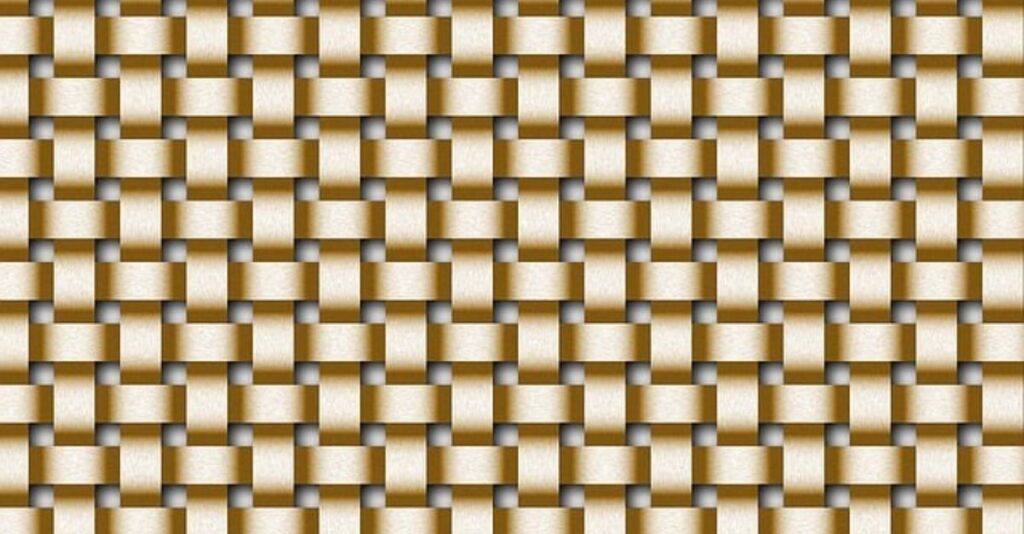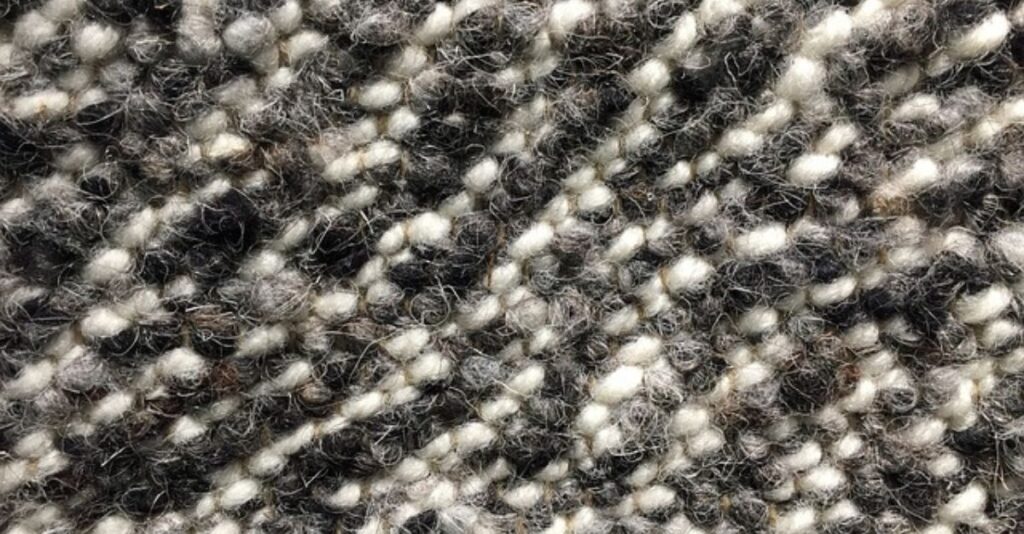Introduction
8 Beautiful Fence Décor Ideas Using Woven Textures
Enhancing your outdoor space doesn’t have to be complicated. Natural fiber woven textures add charm, warmth, and personality to fences, transforming them into stylish design elements. Whether you’re looking for eco-friendly, boho-inspired, or modern rustic aesthetics, woven textures offer versatility and beauty..
8 Beautiful Fence Décor Ideas Using Woven Textures

1. Bamboo Mat Fence Panels
Bamboo mats bring a tropical, Zen-like feel to outdoor spaces. These woven panels are lightweight, durable, and effortlessly blend into natural surroundings.
Tip:
Use weather-resistant sealants to extend the lifespan of bamboo panels in humid climates.
Benefit:
Bamboo provides privacy, reduces heat buildup, and adds an organic touch to fences.
2. Woven Rattan Wall Hangings
Rattan weaving adds depth and texture to otherwise plain fences. These hangings can be intertwined with fairy lights for an enchanting evening ambiance.
Tip:
Opt for synthetic rattan for waterproof durability in rainy seasons.
Benefit:
Rattan designs offer boho-chic aesthetics while maintaining functionality.
3. Macramé Hanging Panels
Macramé wall hangings create artistic, handmade appeal for fences, exuding a cozy, organic vibe.
Tip:
Choose UV-resistant cotton fibers to avoid sun damage.
Benefit:
Perfect for bohemian-themed gardens, macramé panels double as decor and shade screens.
4. Reed and Willow Woven Fencing
Reed and willow fencing introduces rustic charm, seamlessly blending into wild gardens or traditional landscapes.
Tip:
Secure with strong wooden frames for added durability against wind and rain.
Benefit:
A cost-effective solution for natural privacy barriers and windbreaks.
5. Seagrass Woven Screens
Seagrass woven screens are ideal for soft, calming aesthetics while being sustainable and biodegradable.
Tip:
Pair with wooden fence posts for sturdy installation.
Benefit:
Eco-friendly material that contributes to a natural, breathable fence.
6. Jute and Hemp Fence Coverings
Jute and hemp coverings provide earthy texture and can be woven in intricate designs.
Tip:
Apply natural oil treatments to prevent fraying.
Benefit:
Jute and hemp are biodegradable and enhance organic outdoor decor.
7. Decorative Woven Wire Panels
Woven wire fencing allows for airy and modern visuals, offering a semi-transparent barrier for elegance.
Tip:
Combine wire panels with climbing vines for an artsy green effect.
Benefit:
Durable and low maintenance, woven wire structures complement industrial and contemporary designs.
8. Handcrafted Basket Weave Fence Sections
Basket weave patterns add artistry and complexity to wooden fences, offering both privacy and elegance.
Tip:
Use weatherproof stains to preserve intricate woven wood designs.
Benefit:
A unique visual element blending tradition and craftsmanship.
Suggestions for Woven Fence Décor
- Choose weather-resistant materials for longevity.
- Combine woven textures with vertical gardens for eco-friendly aesthetics.
- Use contrasting colors to highlight woven details.
- Experiment with woven textile art for fence coverings.
How do I protect woven fence panels from weather damage?

Protecting woven fence panels from weather damage is key to maintaining their beauty and longevity. Here are some actionable tips and suggestions to help you safeguard your panels, whether they’re made from natural fibers like bamboo and jute or synthetic materials like resin wicker:
1. Use Weather-Resistant Sealants and Treatments
- Sealant Application: Apply an outdoor-grade sealant or varnish specifically designed for the material of your panels. This protective layer helps repel water, fend off UV rays, and prevent mold or mildew buildup.
- UV Protection: For natural fibers, use UV-resistant sprays to minimize sun damage. Even synthetic fibers can benefit from additional UV inhibitors if they aren’t pre-treated.
2. Regular Cleaning and Maintenance
- Routine Cleaning: Dirt and debris can trap moisture and accelerate wear. Clean your panels regularly with a soft brush and mild detergent mixed with water.
- Drying Time: Ensure panels dry completely after cleaning or rain to prevent moisture accumulation that could lead to deterioration.
3. Proper Installation and Secure Mounting
- Quality Fasteners: Secure your panels with UV- and moisture-resistant fasteners to prevent movement that can cause wear over time.
- Optimal Positioning: Install panels where they have proper airflow and drainage to avoid water pooling. Slight overhangs or frames can help shield them from the hardest rains.
4. Protective Covers and Seasonal Adjustments
- Retractable Awnings or Covers: During extreme weather conditions—such as storms or particularly intense sunlight—consider using protective covers or temporary awnings to shield the panels.
- Seasonal Checks: Adjust your maintenance routine based on the season. For instance, extra cleaning and reapplication of sealant may be necessary during the rainy season.
5. Periodic Reapplication of Treatments
- Regular Inspections: Over time, protective coatings can degrade. Schedule inspections every few months to check for signs of wear.
- Reapply as Needed: Follow manufacturer guidelines for reapplying sealants or UV protectants, usually once a year or as weather conditions demand.
Additional Suggestions and Trends

- Select Durable Materials: When purchasing woven panels, opt for those made of synthetic fibers (like resin wicker) or treated natural materials. These are engineered to withstand outdoor exposure and minimize weather-related damage.
- Eco-Friendly Options: Consider eco-conscious treatments that protect while being environmentally safe, supporting sustainable outdoor décor trends.
- Incorporate Technology: Some modern treatments offer smart applications where sensors alert you when maintenance is needed, ensuring your decorative investments stay in top condition.
Conclusion
Adding woven textures to fence décor is an effortless way to infuse charm and character into outdoor spaces. Whether you prefer natural fibers, handmade macramé, or woven metal panels, these textures enhance privacy, beauty, and sustainability.
By selecting durable, eco-friendly materials, your fence can serve as both aesthetic and functional—creating an inviting atmosphere for years to come.
References
- “Eco-Friendly Fencing: Sustainable Designs for Modern Homes” – Green Architecture Journal
- “The Art of Woven Textures in Outdoor Design” – Interior Design Trends Report 2024
- “Best Materials for Weather-Resistant Outdoor Décor” – Home & Garden Magazine
FAQs
Q1: Which woven materials are best for durability?
When it comes to creating a stunning yet resilient outdoor space, choosing woven materials designed for durability is essential. Here are some of the best options:
- Synthetic Rattan/Resin Wicker: Often made from high-density polyethylene (HDPE), synthetic rattan is engineered to mimic natural textures while offering exceptional resistance to moisture, UV rays, and temperature fluctuations. Its durability and low maintenance make it a top choice for outdoor wall hangings and fence décor.
- Solution-Dyed Acrylic or Polyester Fibers: These fibers are specifically designed to withstand harsh weather conditions. They resist fading, mold, and mildew, ensuring that your woven décor retains its vibrant appearance even after prolonged sun exposure.
- Treated Bamboo: Bamboo provides a natural, earthy appeal. When properly sealed with weather-resistant treatments, bamboo becomes durable enough for outdoor use, offering a unique look that blends nature with design.
- Woven Metal Panels: For a more industrial or modern aesthetic, woven metal (using materials such as stainless steel or aluminum) offers unrivaled durability. These panels are virtually impervious to weathering and can stand up to the elements with minimal upkeep.
In summary, for outdoor applications like patio fences, synthetic options such as resin wicker and solution-dyed acrylic fibers often provide the best long-term performance. Natural materials like treated bamboo can also be a viable option when properly maintained, while woven metal adds a modern twist with high durability.
Q2: Can woven textures provide privacy for backyard spaces?
Yes! Many woven materials, such as basket weave fences, seagrass, and reed panels, serve as effective privacy screens.
Q3: Are woven fence textures environmentally friendly?
Natural fibers like hemp, jute, bamboo, and seagrass are sustainable and biodegradable, making them excellent eco-conscious choices.
Q4: What is the best way to attach woven wall hangings to fences?
Use hooks, nails, or reinforced wooden frames for stable, lasting installations.

